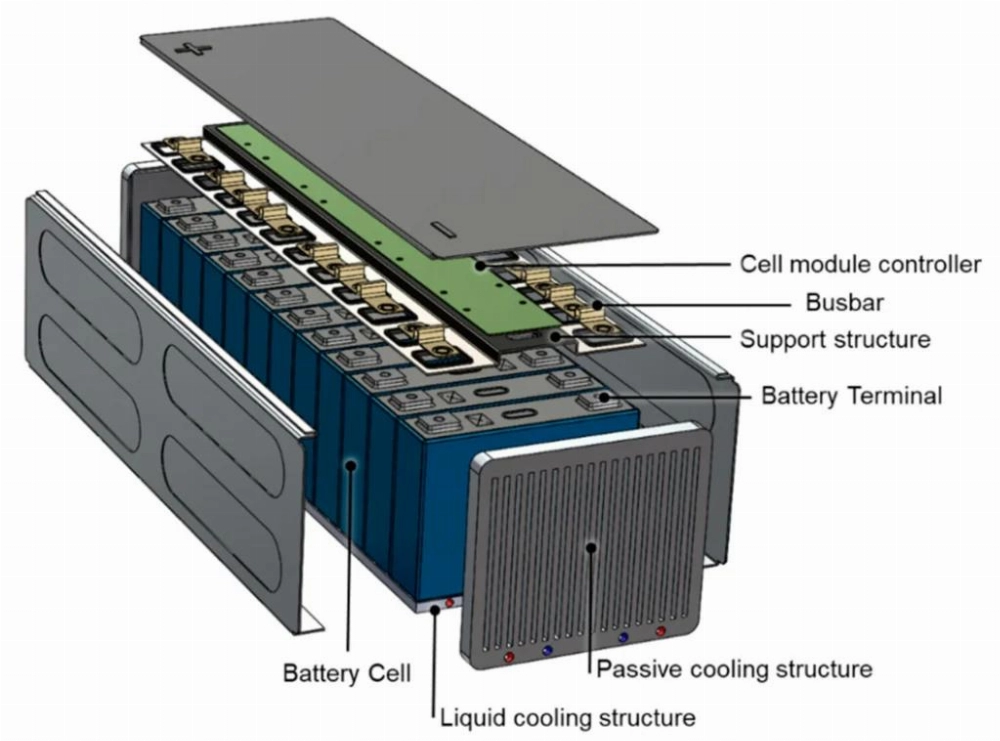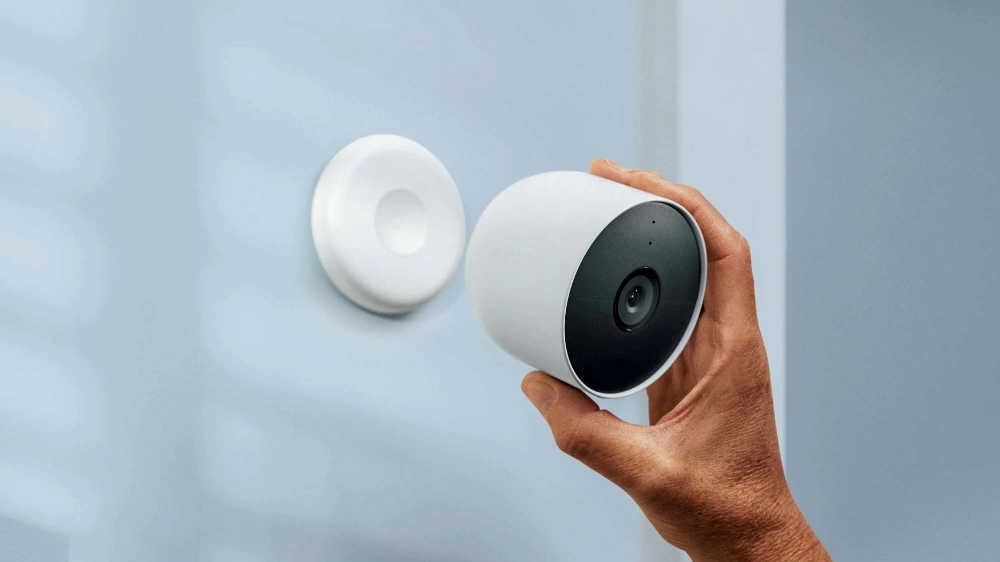In photography and videography, camera batteries are often overlooked, but they are crucial for powering your equipment and capturing perfect photos and videos. Understanding the different types of camera batteries, their unique features, and proper maintenance can significantly enhance your shooting experience. This guide will explore the key aspects of camera batteries, helping you make informed decisions for your photography.
Part 1: What is a Camera Battery?

A camera battery is a rechargeable power source that provides the energy needed for cameras and other photography equipment to operate. There are several types of batteries available, each with different characteristics and suitable applications. The most common types include:
Lithium-Ion (Li-ion)
Lithium-ion (Li-ion) batteries are the most widely used batteries in modern digital cameras. These batteries are popular due to their high energy density, lightweight design, and long-lasting performance. Li-ion batteries can be recharged multiple times without significant capacity loss, making them an excellent choice for continuous shooting.
Nickel-Metal Hydride (NiMH)
Nickel-Metal Hydride (NiMH) batteries offer higher capacity than older Nickel-Cadmium batteries and are more environmentally friendly. Modern NiMH batteries, especially Low Self-Discharge (LSD) versions, can hold their charge for extended periods when not in use. These characteristics make them a reliable choice for camera batteries.
Nickel-Cadmium (NiCd)
While Nickel-Cadmium (NiCd) batteries were once popular, their use has declined due to environmental concerns and the “memory effect.” This effect was believed to be reduced by fully discharging the battery before recharging. With the advent of more efficient battery types, NiCd batteries are now rarely used in cameras.
Lead-Acid Batteries
Lead-acid batteries are larger and less portable compared to other types, but they provide a powerful output. These batteries are typically used in large professional-grade photography equipment or external power sources, rather than consumer-grade cameras.
Understanding these battery types is essential to choosing the right camera battery.
Part 2: How Do Camera Batteries Work?
Camera batteries work by converting stored chemical energy into electrical energy. Here’s a breakdown of this process:
Chemical Reactions
Inside the battery, chemical reactions occur between materials like lithium and cobalt (in Li-ion batteries) to generate electrons, providing electrical power.
Voltage and Capacity
The voltage of a battery (typically between 7.2V and 14.8V for cameras) indicates the magnitude of its electrical potential. The capacity, on the other hand (measured in milliampere-hours or mAh), shows how long the battery can sustain that power.
Discharging and Charging
When you use the battery, it discharges. Plugging it into a charger reverses the chemical reactions, restoring the battery’s energy.
Part 3: Choosing the Right Camera Battery
Selecting the right camera battery involves considering several factors. Keep the following points in mind:
Compatibility
Ensure that the battery is compatible with your camera model. Always consult the manufacturer’s specifications to confirm the battery type and voltage compatible with your device.
# Camera Battery Myths and Facts
Myth 1: Batteries Should Be Fully Discharged
Contrary to popular belief, it’s not necessary to fully discharge your battery before charging it. Modern lithium-ion batteries perform better with frequent partial charges.
Myth 2: All Batteries Are the Same
Batteries vary in chemical composition and performance. Always use the battery recommended by your camera manufacturer to ensure optimal performance and safety.
Myth 3: Are Cheap Batteries Just as Good?
Low-cost batteries may seem like a bargain, but they often lead to poor performance and may even damage your camera.
Signs Your Camera Battery Needs Replacing
It’s important to recognize when your camera battery is nearing the end of its life. Here are some signs to watch out for:
- Reduced Battery Runtime: If you notice that your battery is draining much faster than it used to, it may be time to replace it.
- Visible Damage: Cracks, swelling, or leaks are serious indicators that your battery should be replaced immediately.
- Charging Issues: Difficulty charging or unusually long charging times may signal that your battery is nearing its end of life.
Key Differences Between Li-ion and NiMH Batteries in Cameras
When choosing between Lithium-Ion (Li-ion) and Nickel-Metal Hydride (NiMH) batteries for your camera, it’s important to understand the key differences:
- Energy Density: Lithium-ion batteries have a high energy density, meaning they can store more power in a smaller, lighter package – ideal for extended video shoots.
- Self-Discharge Rate: NiMH batteries tend to lose power faster when not in use, while lithium-ion batteries can hold their charge for longer, making them better suited for infrequent use.
- **(To be continued)**

How Long Does a Camera Battery Typically Last?
The lifespan of a camera battery varies depending on usage and type. Generally, lithium-ion batteries can last around 2 to 5 years if properly maintained.
Can I use a third-party battery?
Third-party batteries are often more affordable, but their quality and safety standards may not be as high as those of original equipment manufacturer (OEM) batteries. If you choose to use a third-party battery, be sure to select one from a reliable and reputable brand.
How can I tell if my battery is charging?
Most chargers have indicator lights that indicate the charging status. These lights typically display the battery’s charge status, such as charging or fully charged. Refer to your charger’s manual for more specific details.
What should I do if my battery is swelling?
If your battery starts to swell, stop using it immediately and dispose of it safely. Swollen batteries can pose a serious safety risk and can even be a fire hazard. Never ignore this issue; immediate action is required.







